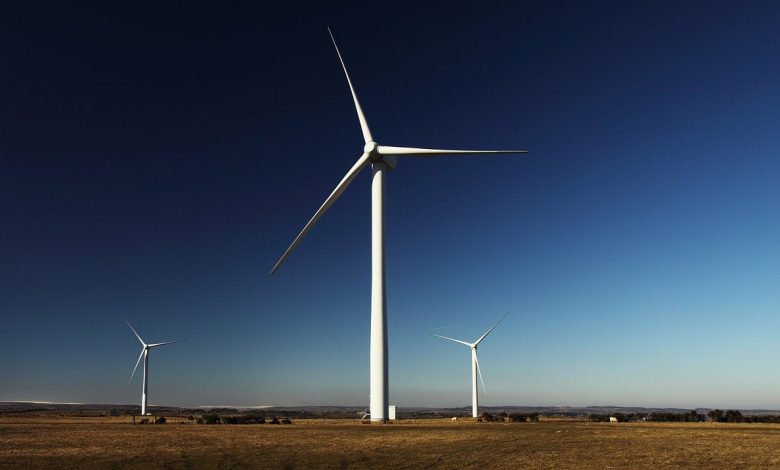What is Sustainable Technology? A Review on Sustainable Technology

Introduction:
After the industrial revolution, human activities rapidly increased, resulting in huge consumption of resources and energy. Mass consumption and large production have significant impacts on the earth’s ecology, exhausting natural resources and causing some environmental problems by polluting the air, water, and soil. Nevertheless, there are many ways to reduce the environmental impact of industrial production. Optimization of environmental performance through good housekeeping, total quality management, recycling of wastes, the substitution of non-renewable products, or adaptation of clean technological innovations are just a few examples.
Both resources and energy have been consumed at an unprecedented level. As a result of huge consumption and production, the earth’s ecology is severely impacted, which exhausts the earth’s natural resources and causes a variety of environmental problems. There are numerous ways in which industrial production can be made much more environmentally friendly. Examples of good housekeeping, total quality management, recycling of waste, and substituting non-renewable products with clean technological advances are just a few of the ways to optimize environmental performance.
Under the umbrella term of sustainable technology, we refer to innovation that also promotes economic development and natural resource conservation. These technologies aim to dramatically reduce environmental and ecological risks as well as to create a sustainable product.
Read More: How to Dermaplane At Home? Everything You Need to Know
Technology sustainability can be defined in a few different ways:
- Substitution. Its production promotes the shift to biodegradable materials from non-biodegradable ones. It also replaces non-renewable resources with renewable ones.
- Prevention. Sustainable technologies protect the environment by preventing degradation, contamination, and other negative impacts that can occur from their production or use.
- Efficiency. In terms of energy and resource use, the technology is efficient.
A few examples of sustainable technology
Innovation and public use have already taken advantage of sustainability in technology. The following are examples of sustainable technology and innovation:
- Public and electric transportation
- Lighting technology based on LED Solar powers
- Solar power
- Technologies for capturing and storing carbon
- Sustainable building and construction methods that are LEED-certified.
Sustainable technologies for business
The application of sustainable environmental technologies can transform the way businesses and public systems operate. A sustainable business strategy aims to minimize any negative impact on the environment and society, which is good for the bottom line and reputation of the company.
Business owners strive to make a difference and remain compliant with environmental and social standards. Implementing sustainable innovations can help companies stay competitive while also helping the environment.
- Reduce Risk and Improve Project Outcomes
One advantage of sustainable technology is that it helps your business reduce risk. When you utilize renewable and biodegradable materials, you’re indirectly protecting the ecosystem—and your business—from the negative effects of climate change.
48 percent of businesses today make use of sustainability to improve production and innovation. Plus, long-term investors are likely to work with businesses with Great ESG scores. With sustainable tech at your disposal, your business will become desirable for investment.
- Improve Your Bottom Line
With sustainable technology in your business, you can make use of resources effectively. This goes a long way in boosting your bottom line. Spending less and gaining more is a profit booster and helps your business to remain competitive.
- Attract and Retain Top Talent
The silent battle of attracting and retaining top candidates rages on in the business world. The key to acquiring the best talent is to implement sustainable technology for your business. Three out of every four millennials want to work for businesses with environmental and social standards. Employee loyalty is also more likely when your business is committed to sustainability.
What are cleaner production and sustainable technologies?
The elements that compose a working environment and the realization of technological processes are in exact relation to one another in practice. It is impossible to steer technological processes without considering all settings in company processes and the external environment.
Because process technologies should be developed from a cleaner human activity emission / resource environmental effect environmental problem transportation by truck CO2 particles oil global warming human health non-renewable climate change mortality increase view, the development of sustainable technology should be based on the general aim of cleaner production.
By applying sustainable technology, one can reduce the amount of resources used, waste and emissions generated, the hazards of those emissions and wastes (mainly through the use of substitute input materials), the risk of accidents or malfunctions. Environmental impacts of the final phase of product life can be described in five guidelines as follows: Avoid toxic wastes like heavy metals and organometallic compounds in landfills to avoid long-term contamination of soils and groundwater.
In the context of recycling potential, it means examining how to use materials that cannot be recycled, since recycling can conserve both material and energy, as well as minimizing recycling of materials that can be recycled. Controlled combustion should be used to recover energy when recycling isn’t feasible. A biodegradable material is naturally degradable, whereas anaerobic conditions within landfills are ineffective because degradation is inhibited rather than stimulated by these materials.
What are the benefits of sustainable technology?
Among the most important environmental objectives are the reduction of waste, emissions, the reduction of materials and energy inputs. Innovations and sustainable technological development these measures do not automatically lead to a reduction in the environmental impact of industrial production.
What are the conclusions of Sustainable Technology?
Reducing material and energy inputs and minimizing waste and emissions is the key to sustainability’s most important environmental aims. Technology development and innovation that is sustainable do not automatically lead to total reductions in the environmental. The burden of industrial production this, technological innovation is important and seems to play a central role in the long-term initiation of sustainable production. It is usually associated with the design and analysis of complex, integrated systems. It is a central component of integrated management systems and sustainable development environmental science and growth of global economies. Design for environmental Adaptation to a lifestyle that meets the needs of the present is sustainable: a long-term view without compromising the needs of future generations.



